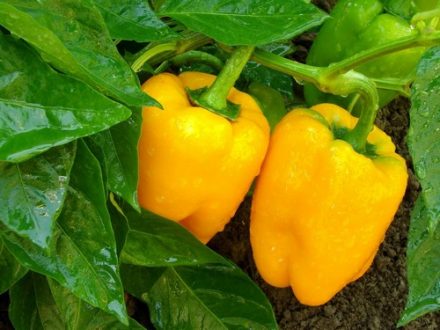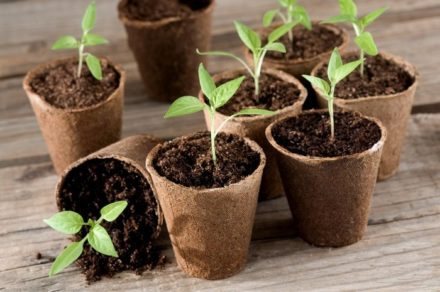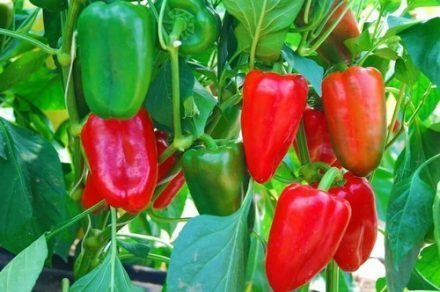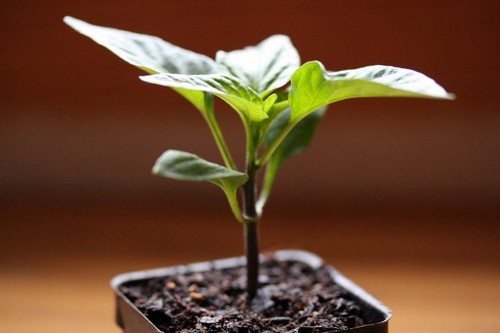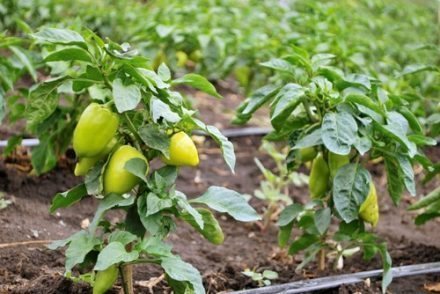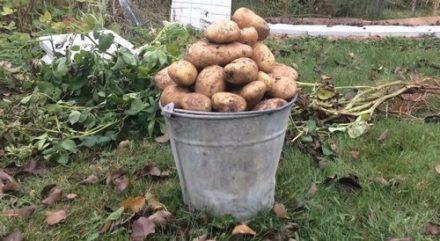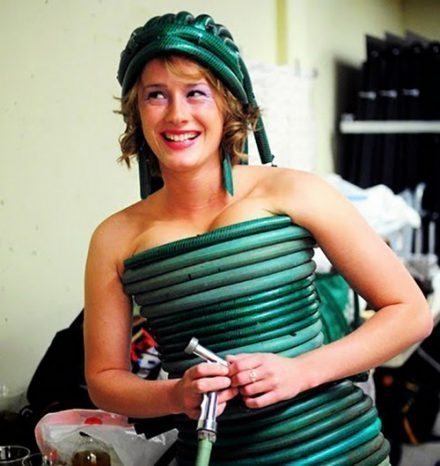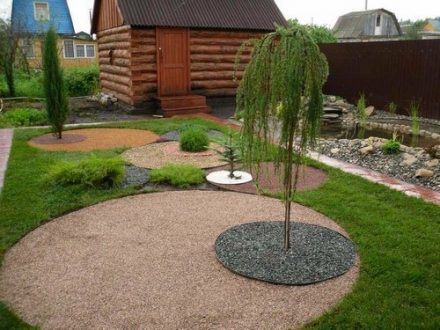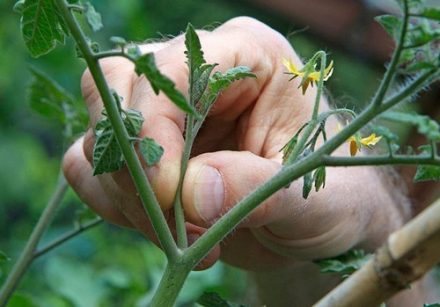Gardeners often encounter deformation of bell pepper fruits. The vegetable takes on an unusual shape, the walls become thicker or thinner, and growths appear that resemble a tail or a finger. A small, underdeveloped pepper may get stuck and grow inside the pepper. It is necessary to understand the reasons in order to avoid these phenomena in the future.
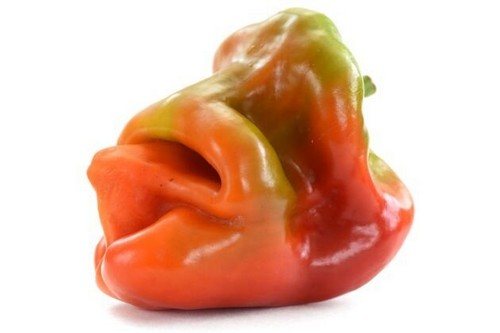
The appearance of deformed fruits
Deformation of peppercorns is a common occurrence. It is necessary to exclude in advance the factors influencing the modification of the plant. If the pepper grows deformed, this cannot be corrected. The vegetable is susceptible to diseases and may fall off before it has time to ripen. Reasons causing deformation:
- Failure to maintain the optimal temperature at the time of the appearance of the ovary and during the ripening period. The temperature of the soil and surrounding air should be no lower than 18 degrees, at the time of pollination - no higher than 30. Low temperatures lead to the falling of flowers. Day and night temperature changes cause wall rot. In hot weather, the greenhouse must be ventilated.
- Lack of moisture can lead to sunburn of the plant, the pepper will change color and turn brown. Cracks appear on the fruits. It is necessary to regularly spray the stems and leaves. Excessive moisture can interfere with the pollination process. Pollen should not be wet. The optimal humidity is considered to be 65–75%. It is better to water in the morning and mulch the soil with compost. This way moisture is retained longer.
- Lack of fertilizers and fertilizing in the soil leads to small, twisted fruits and yellow leaves.It is necessary to fertilize the soil once every 10–12 days, observing the condition of the plant. Overfeeding the soil is harmful. Balance is needed.
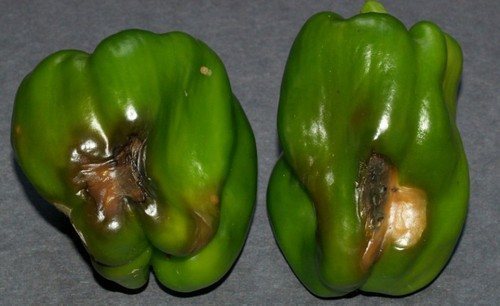
Thinned or thickened fetal walls
At low temperatures at night, the fetal walls do not form correctly. Poor pollination results in uneven seed set. The walls of the pepper are modified in the place where the seeds were not formed.
Growths
Acidic soil leads to internal growths, and excessive application of nitrogen and excessive watering in cloudy weather affect the strong growth of plants, which leads to internal changes. Due to unbalanced nutrition, honey glands grow and another pepper grows inside.
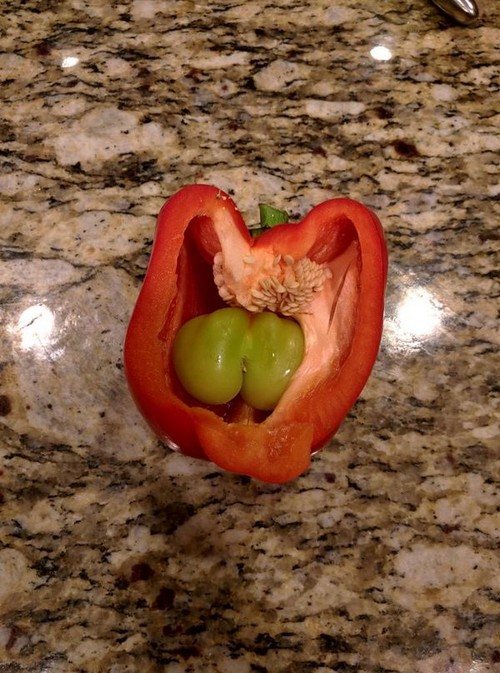
The growths on the outside are overgrown pistils that did not fall off after pollination. The reason is the ambient temperature below 18 degrees at the time of fetal formation. The growths do not affect the taste; during the growth process they can be cut off without harming the plant.
Growing peppers regularly will give you experience. If you follow the recommendations, it is easy to grow smooth fruits without deformation.


